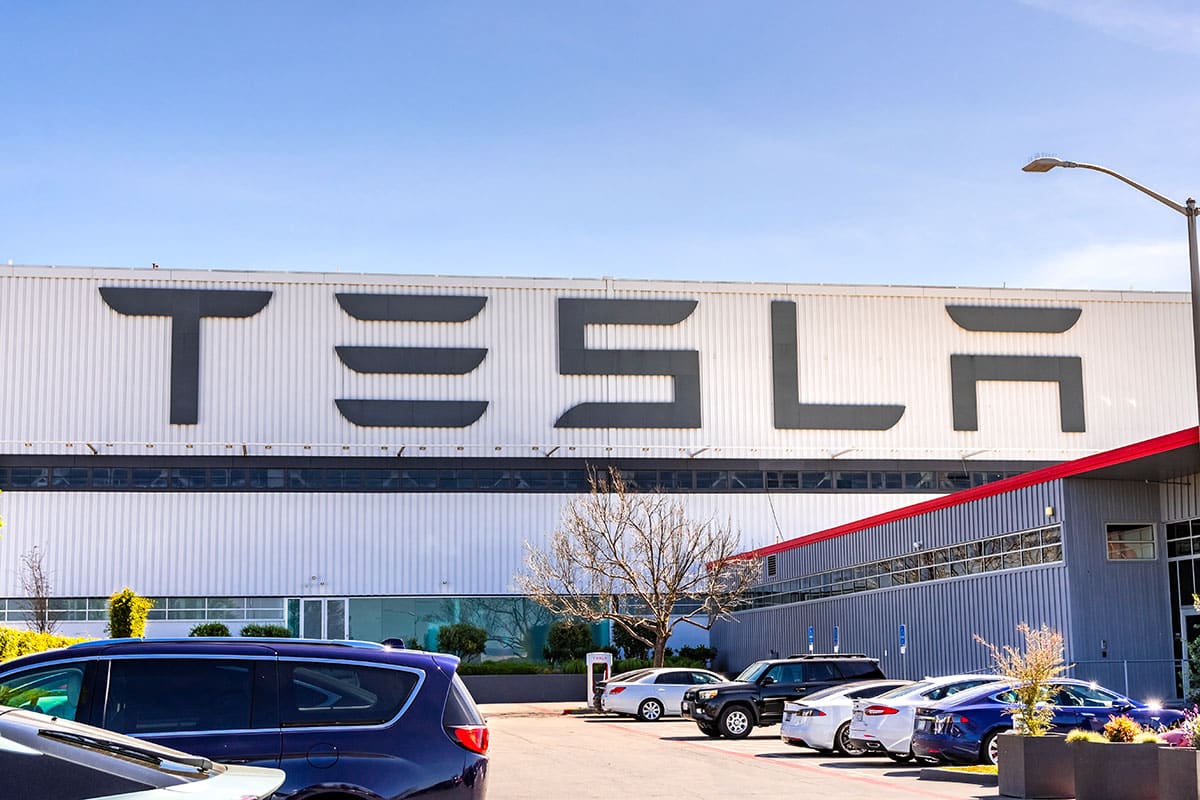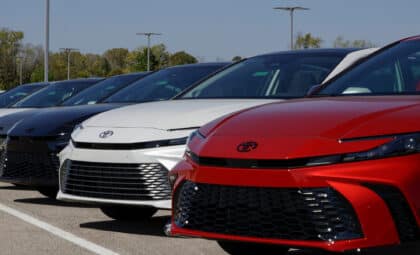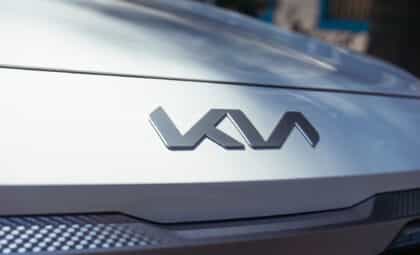In a major move that really shows how tech and energy are becoming intertwined, Tesla has joined forces with China to build the country’s biggest battery. This deal not only marks Tesla’s shift from just making cars to playing a bigger role in the energy game but also fits right into China’s plans for renewable energy. Valued at 4 billion yuan ($557 million), Tesla will set up a huge battery station in Shanghai, and it’s expected to be ready by 2027. This project could change the way both Tesla and China handle energy for years to come (and it’s set to shake up the market in a big way).
A new era for Tesla and china’s energy grid
This upcoming battery station is set to be a game changer in steadying China’s electric grid, which is increasingly powered by renewable sources. The station will top the current record-holder in Shandong, which has a capacity of 1 GWh. Its smart location means it’ll play a big role in keeping supply and demand in check. By buying and storing energy when things are slow and selling it when usage is high, Tesla’s battery station is designed to keep the grid running smoothly (think of it as a giant energy buffer).
Tesla is diving into this project thanks to its growing energy division, which is fast becoming one of the company’s main pillars. The spotlight here is on Megapacks—massive battery storage units that pack 3.9 MWh of power each. These Megapacks help avoid power outages and keep electricity flowing steadily, reinforcing Tesla’s reputation for innovative energy solutions.
Shanghai: a hub for new ideas
Choosing Shanghai for this bold project wasn’t random. Earlier this year, Tesla opened a new Megapack factory in Lingang, Shanghai—its first one outside the United States. Since kicking off operations in February, this “Megafactory” has already churned out over 100 Megapacks, showing just how committed Tesla is to growing its energy production (and it’s only just getting started).
Shanghai is a smart pick for Tesla, thanks to its top-notch infrastructure and closeness to important markets. The city’s strong support for tech and innovation fits perfectly with Tesla’s ambitions, making it a natural spot for such forward-thinking projects.
Facing market challenges and stiff competition
Tesla’s new venture comes at a time when it’s up against heavy competition from Chinese powerhouses CATL and BYD, which together hold 54% of the global battery market. Even with these market challenges, China’s appetite for batteries shows no signs of slowing down—it’s eyeing 40 GW of storage before the year wraps up. With half of all new renewable capacity being set up within its borders and a target of 329 GW by 2024, China presents both a huge opportunity and a tough challenge for companies like Tesla.
This partnership puts Tesla right in the mix of China’s bigger renewable energy plans. By syncing up with the nation’s ambitious renewable goals, Tesla locks in a spot in one of the world’s biggest markets and gets a front-row seat in the global push toward cleaner energy alternatives, all while keeping a competitive edge in a rapidly changing scene of international expansion.
Economic benefits and looking ahead
The deal between Tesla and China shows that when both sides win, trade tensions can be eased. It also highlights Tesla’s rising status not only as a car innovator but as a major energy player on the world stage. Plus, it mirrors China’s fast-paced growth in renewable energy capacity—a big part of its long-term economic plans.
As these two powerhouses come together, they’re paving the way for progress that might change how we all think about energy sustainability. For anyone tuned into global trade or renewable tech trends, this partnership is a prime example of how smart alliances can push the envelope while tackling some of our biggest environmental challenges, setting the stage for a brighter energy future for everyone.









